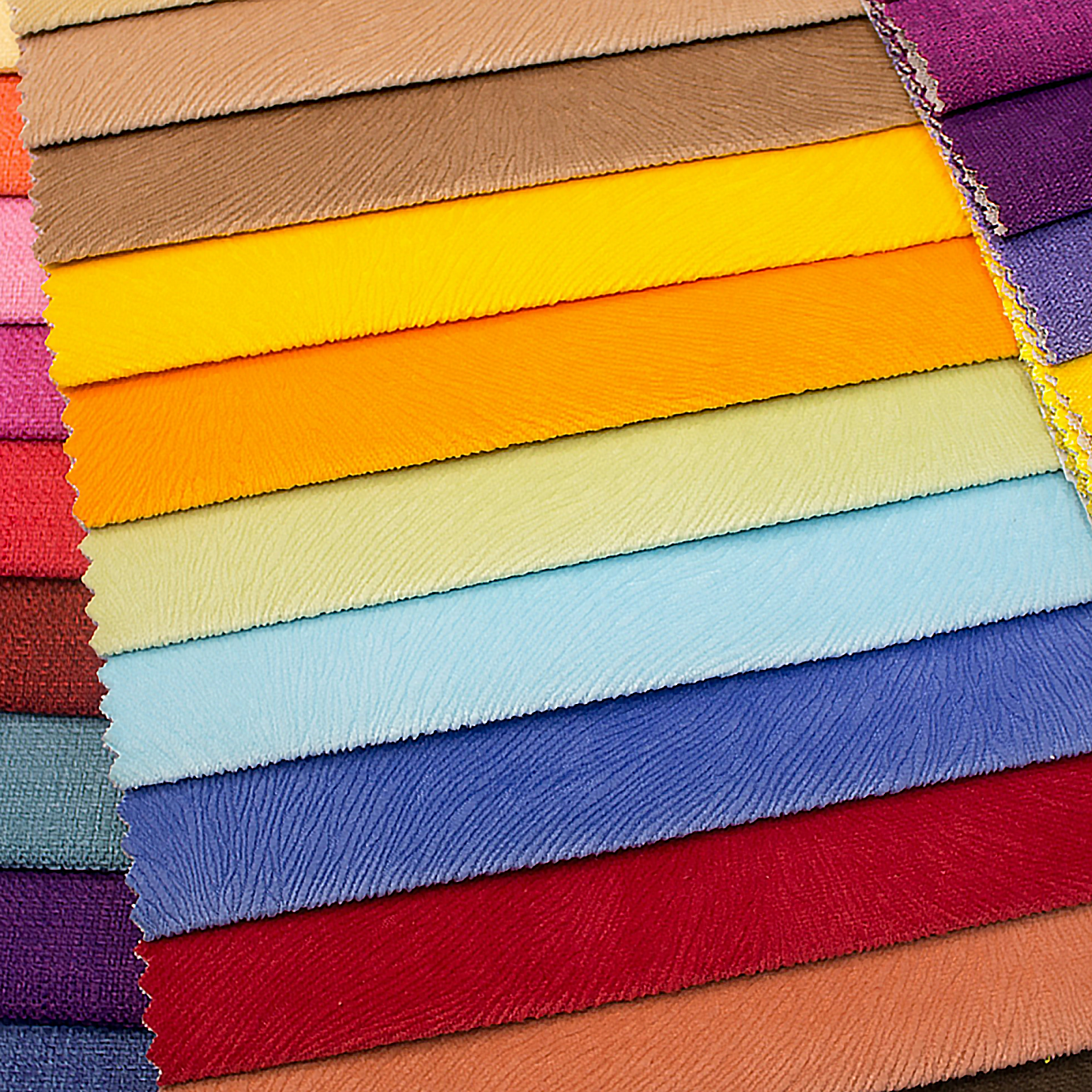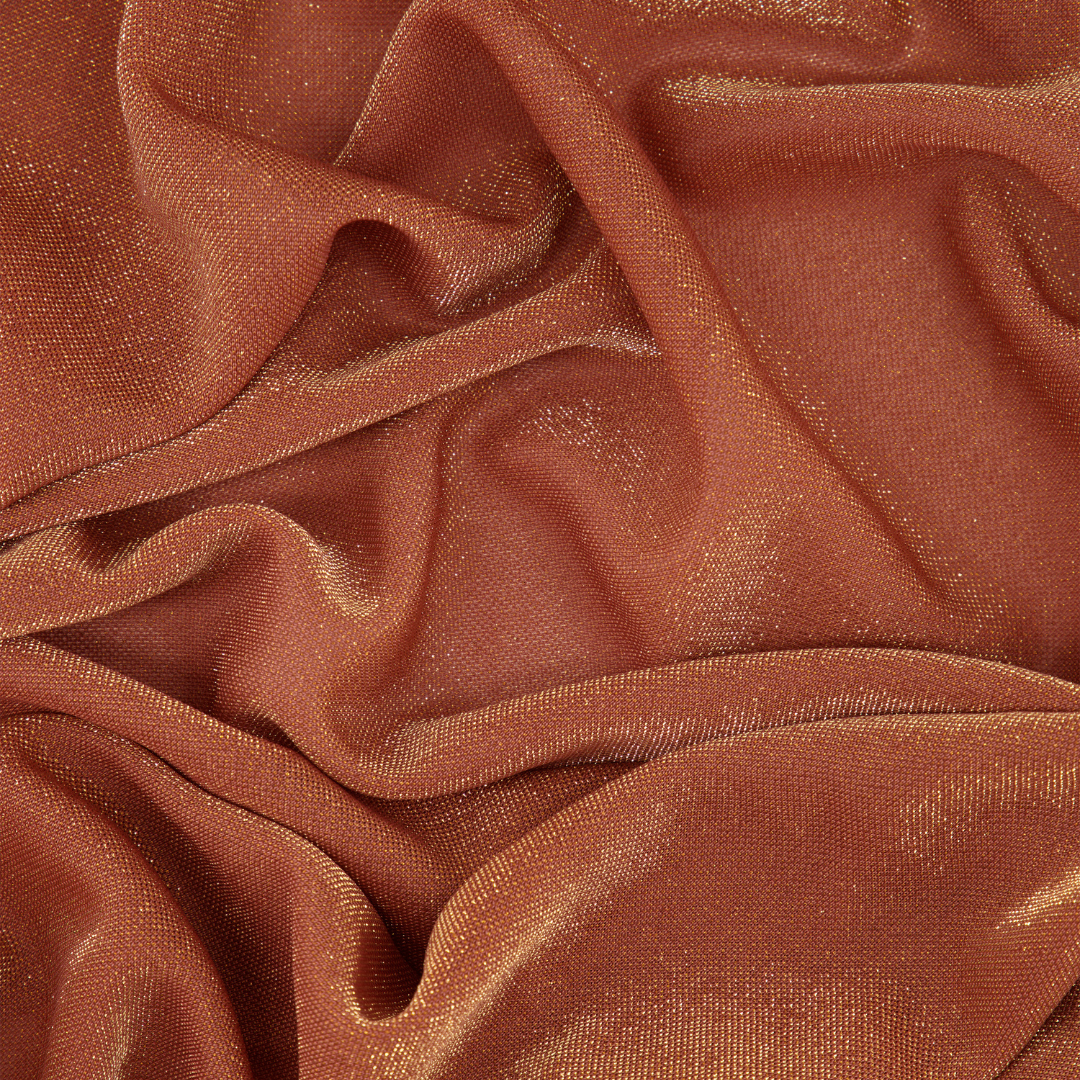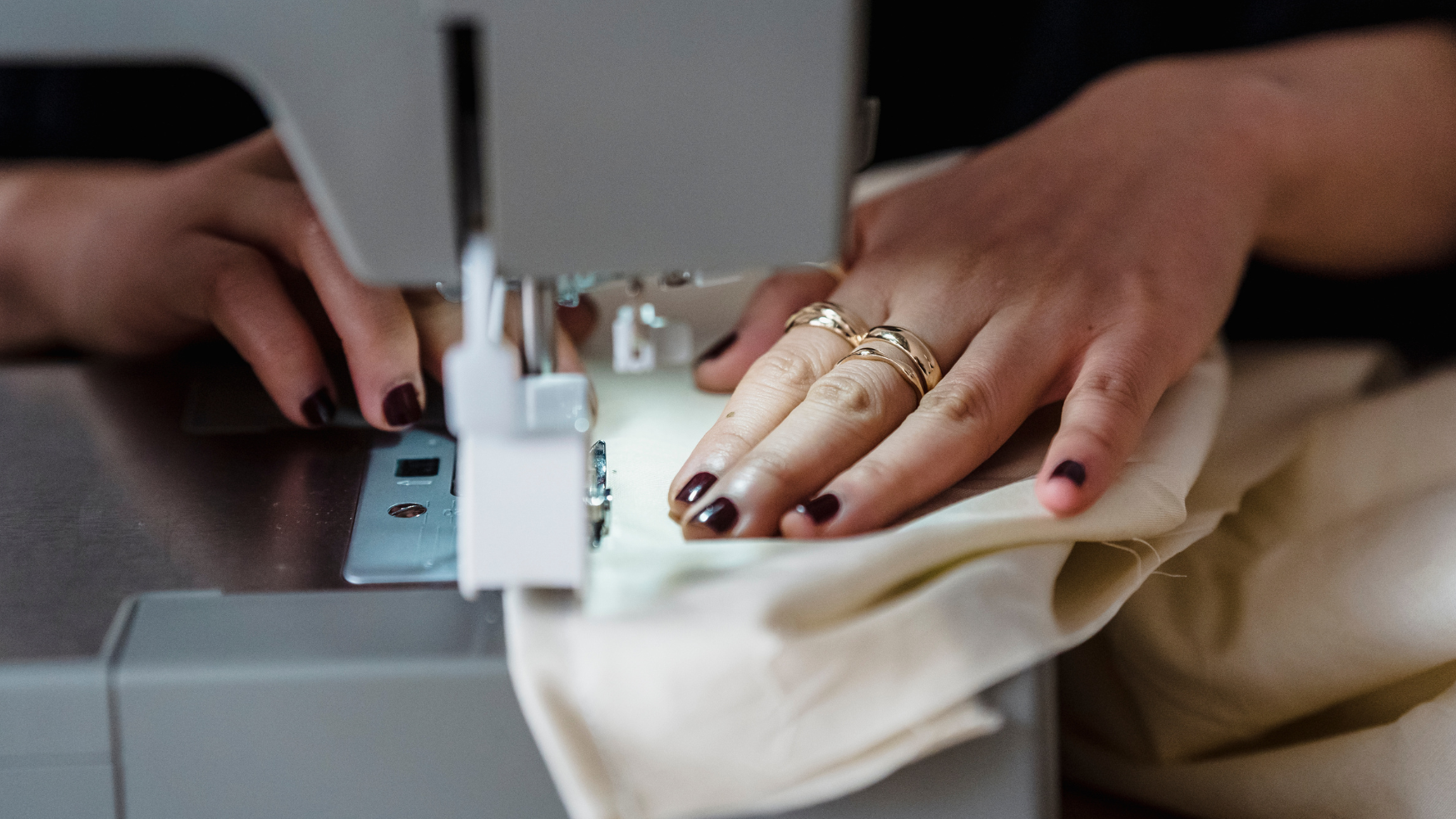
Proper fabric cutting technique is crucial in sewing and garment construction to ensure accuracy and pattern alignment. But what are the skills necessary to achieve proper fabric cutting technique, and what should you keep in mind? Read on in our Zelouf guide to cutting fabric.
Why is proper fabric cutting technique important?
Proper fabric technique is important for several important reasons:
- Accuracy: Accurate cutting ensures that your pattern pieces match the intended design and fit together precisely. A small cutting error can lead to significant problems during sewing and affect the overall look and fit of the garment.
- Fabric Efficiency: Efficient cutting minimizes fabric waste, helping you make the most of your material and reduce costs. Wasting fabric not only affects your budget but also has environmental implications.
- Pattern Alignment: When cutting pattern pieces, it's essential to align them with the grain of the fabric. Proper alignment ensures that the fabric behaves correctly when sewn, drapes well, and maintains its shape over time.
- Seam Allowances: Accurate cutting also means that you include the appropriate seam allowances around your pattern pieces. Incorrect seam allowances can lead to issues like tight or loose seams, altering the garment's fit.
- Pattern Matching: If your fabric has a pattern or print that needs to match across seams (e.g., stripes, plaids, or motifs), precise cutting is vital to achieve a cohesive and professional look.
- Ease of Sewing: Properly cut fabric pieces are easier to sew together, reducing the likelihood of puckering, distortion, or misalignment during the sewing process.
- Time Savings: Accurate cutting reduces the need for adjustments and corrections during sewing, saving you time and frustration.
- Professional Finish: Neatly cut fabric edges contribute to a polished and professional finish for your garments. Sloppy or uneven cutting can result in frayed edges and a less refined appearance.
- Durability: Proper cutting can help ensure that the fabric's fibers are not compromised. Rough or uneven cutting can weaken the fabric and lead to premature wear and tear.
Investing time and care in your fabric cutting technique sets a strong foundation for a successful sewing project, ensuring that your garments are well-made, fit properly, and have a polished appearance.
How to achieve proper fabric cutting technique
Proper fabric cutting technique is essential in sewing and garment construction to ensure accuracy, efficiency, and a professional finish. Here's a step-by-step guide on how to achieve it:
Tools and Materials:
- Fabric: Ensure you have the appropriate fabric for your project.
- Pattern: Have your pattern pieces ready, and make sure they are properly sized and adjusted.
- Fabric Scissors or Rotary Cutter: Use sharp scissors or a rotary cutter specifically designed for fabric.
- Cutting Mat (for rotary cutter): If using a rotary cutter, a self-healing cutting mat is recommended.
- Ruler or Straight Edge: Helpful for measuring and ensuring straight cuts.
- Pattern Weights or Pins: Use to secure your pattern to the fabric and prevent shifting.
- Marking Tools: Chalk, tailor's pencil, or washable fabric markers to transfer pattern markings.
Steps for Proper Fabric Cutting:
- Preparation:
- Ensure your work area is clean and well-lit.
- Wash and press your fabric before cutting to remove any wrinkles or sizing.
- Fold your fabric in half, aligning selvage edges (the finished edges of the fabric) to create a double layer. If your pattern specifies a single layer, follow those instructions.
- Lay Out Pattern Pieces:
- Place your pattern pieces on the fabric according to the pattern's layout instructions. Pay attention to grainlines, pattern matching, and any directional elements.
- Secure Pattern:
- Use pattern weights, pins, or both to secure the pattern pieces to the fabric. Make sure the pattern doesn't shift during cutting.
- Align with Grainline:
- Ensure that the grainline on each pattern piece is parallel to the selvage edge or aligned with any necessary fabric grain. This is crucial for how the fabric drapes and behaves in the final garment.
- Check Seam Allowances:
- Verify that the pattern includes seam allowances. If not, add them using a ruler or the pattern's guidelines.
- Cutting Technique:
- Hold the scissors or rotary cutter with a steady hand.
- Cut smoothly along the lines of the pattern pieces, following the edges precisely. Avoid jagged or uneven cuts.
- For inside corners, make small snips, and for outside curves, make small notches to allow for easier seam allowance folding during sewing.
- Marking:
- Transfer any pattern markings (e.g., notches, darts, or pleat locations) onto the fabric using chalk, a tailor's pencil, or fabric markers.
- Repeat:
- Continue this process for all the pattern pieces, taking care to maintain accuracy and alignment.
- Double-Check:
- After cutting each piece, double-check that you have cut the correct size and that all necessary markings are present.
- Organize and Store:
- Keep your cut pieces organized and labeled to prevent confusion during the sewing process.
- Store any remaining fabric for future use or scraps for smaller projects.
By following these steps and paying attention to detail, you can achieve proper fabric cutting technique, ensuring that your sewing project starts with accurately cut fabric pieces. This precision will result in a well-fitting, professionally finished garment.





